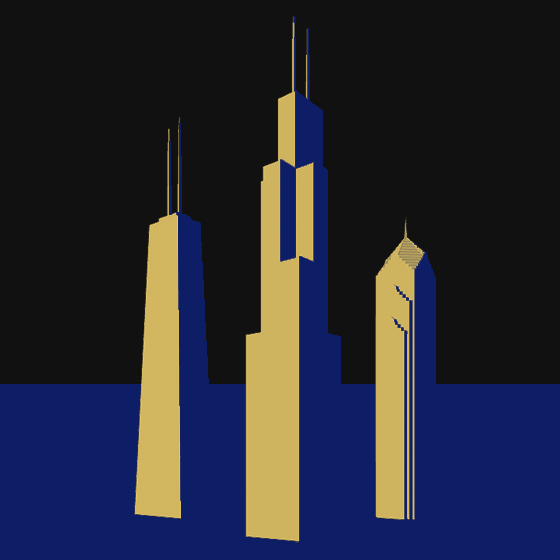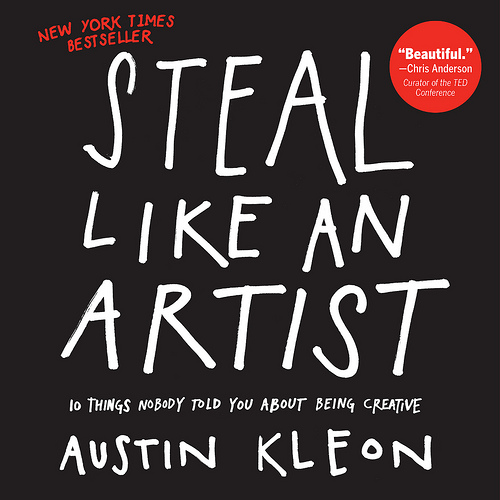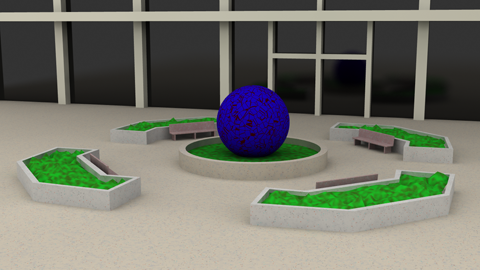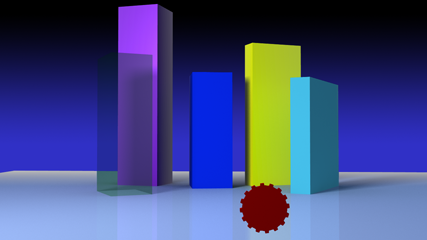I’m still setting up the site and unable to focus much time LightWave yet, so I thought I’d share a little more about myself.
You already have an idea where I live. I also grew up in the suburbs, so I already knew what to expect after we moved. I went to college at the University of Illinois at Urbana/Champaign, where I majored in Computer Engineering. I now work as a software engineer. But, since I already spend a lot of my life focusing on software, I don’t plan on posting about programming on this site.
The best part of my current job is that I work from home every day. I’m often asked how I stay focused enough to work from home successfully; my usual answer is, “Because I want to keep receiving a paycheck.” A lot of my company’s employees work from home, and we are equipped well to perform our jobs regardless of our actual location. Working from home gives me a lot of freedom in my personal life, because I can easily schedule small breaks into my work day for running errands and personal tasks.
Working from home also makes it easier to spend time with my wife. She has a pretty demanding job, so it works out well for her and our relationship that I can take care of a lot of the little details in our household. And since I have such a flexible schedule, it’s easier to spend time together despite her tough schedule.



